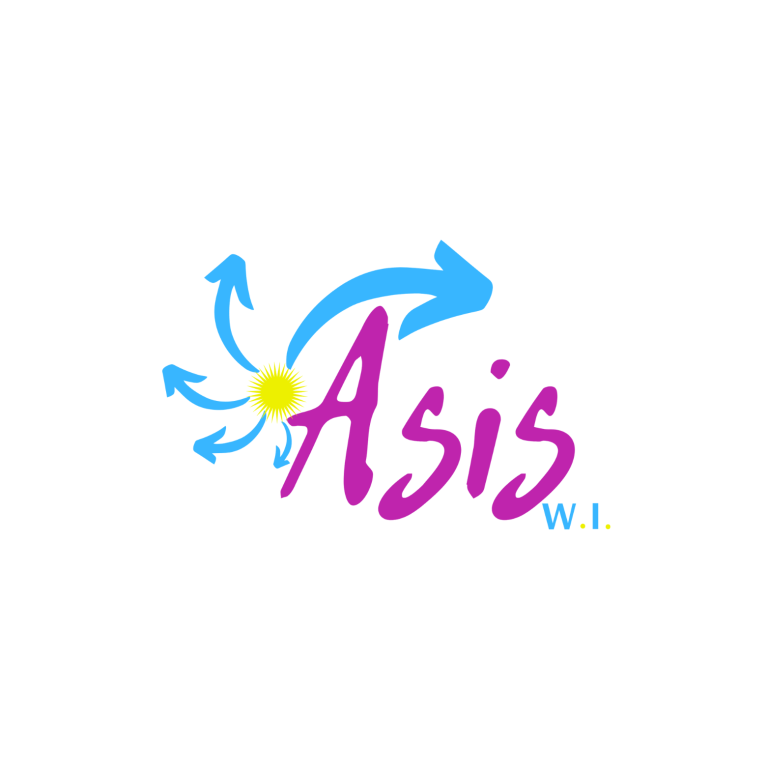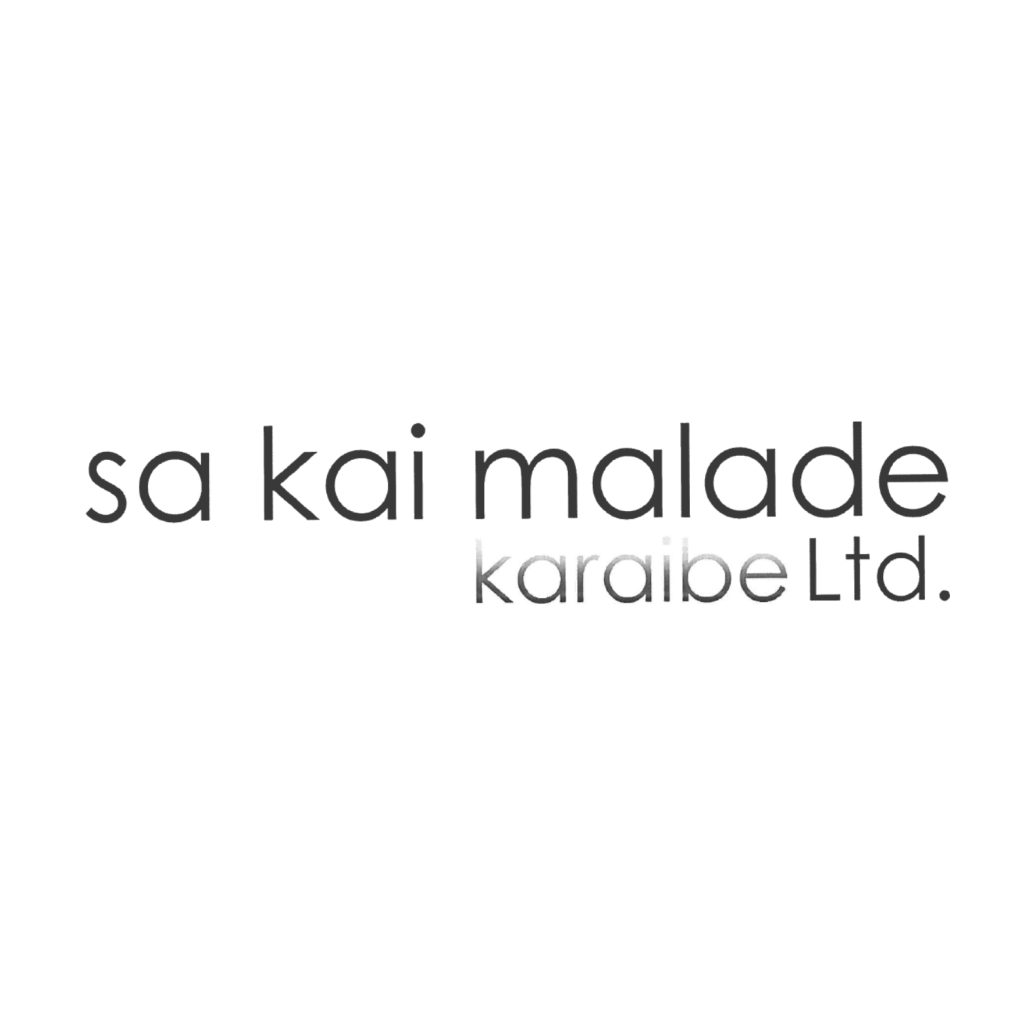Preserving the Soul of the Caribbean
From 2012 to 2015, the Caribbean’s rich cultural heritage continued to gain recognition by UNESCO. These years celebrated the region’s vibrant music, sacred rituals, and storytelling traditions, each of which is an essential piece of the Caribbean’s identity. In this article, we will dive into the elements recognized during this period, emphasizing how these practices have been safeguarded for future generations.
2012
Colombia: Festival of Saint Francis of Assisi, Quibdó
This religious festival in Quibdó, Chocó is a blend of Catholicism and African spirituality, rooted in the local Afro-Colombian community. Participants honor Saint Francis of Assisi with traditional music, dance, and elaborate costumes, merging religious devotion with cultural identity.Venezuela (Bolivarian Republic of): Corpus Christi Devils
In this annual celebration, masked dancers symbolically represent the battle between good and evil, with the devils ultimately being vanquished by the forces of good. This tradition is celebrated by different communities, each adding its own unique elements to the performance.- Mexico: Xtaxkgakget Makgkaxtlawana, Centre for Indigenous Arts
This center, created by the Totonac people, is dedicated to preserving their culture and art through specialized educational ‘houses’ that teach various traditional practices, while fostering holistic learning and cultural revitalization.



2013
Guatemala: Nan Pa’ch Ceremony
The Nan Pa’ch is a sacred Maya ritual performed to give thanks for the maize harvest. The ceremony features dances, prayers, and offerings, highlighting the deep spiritual connection between the Maya people and the land that sustains them.Venezuela (Bolivarian Republic of): San Pedro Parranda
This joyous celebration in the town of Guarenas and Guatire honors Saint Peter with a lively parade. Participants dress in bright costumes and carry wooden dolls of the saint, accompanied by traditional music and dances.


2014
Venezuela (Bolivarian Republic of): Mapoyo Oral Tradition
The Mapoyo people, an indigenous group in Venezuela, have passed down their history, values, and cultural identity through oral storytelling. This tradition preserves their connection to the land and reinforces the importance of the spoken word in maintaining cultural continuity.Guadeloupe: Gwoka
Gwoka is a music and dance tradition deeply rooted in Guadeloupe’s history of resistance and survival. With African rhythms at its core, Gwoka is a form of expression and resilience, evolving from plantation slavery to become a celebration of cultural identity.


2015
Colombia: Vallenato Music
Vallenato, a genre born in the rural regions of Colombia, tells stories of love, betrayal, and everyday life. Featuring instruments like the accordion and caja, vallenato is known for its poetic lyrics and deep emotional resonance within Colombian culture.Venezuela (Bolivarian Republic of): Curagua Fiber Weaving
The craft of transforming curagua fibers into intricate textiles has been passed down for generations in Venezuela. This artisanal tradition not only preserves cultural identity but also sustains rural communities through the production of textiles used for clothing and other goods.


From musical traditions that capture the soul of a people to sacred ceremonies that honor the land and the divine, the years from 2012 to 2015 saw the recognition of some of the Caribbean’s most vibrant and deeply rooted cultural elements. These practices keep the region’s spirit alive, passed down through generations. Join us in the next article, where we will explore the period from 2016 to 2019, a time of even more cultural acknowledgments from UNESCO.







































One Response